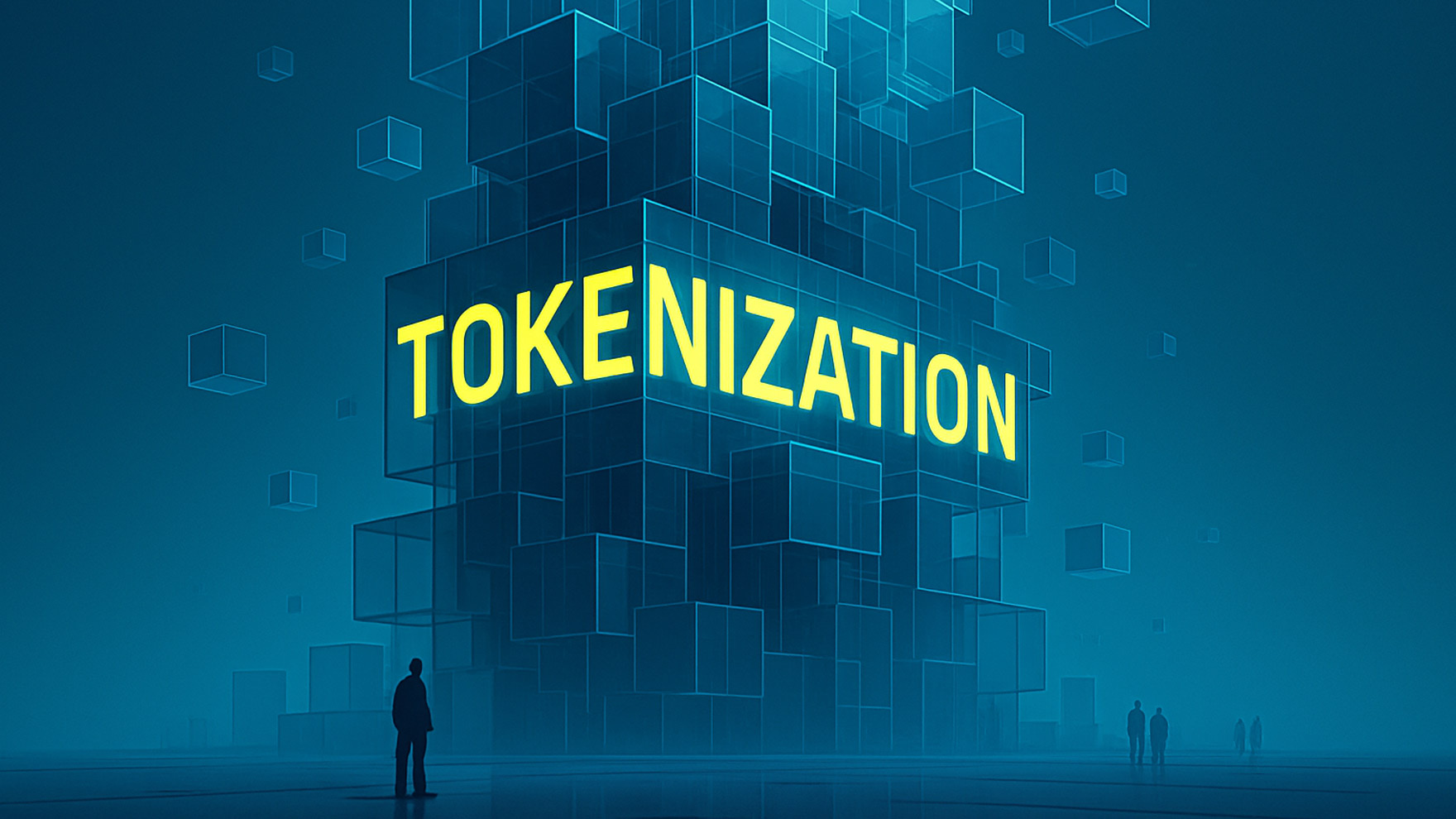The $2 Trillion Wake-Up Call: Why Real World Assets Are Becoming the Backbone of Digital Finance


The Sleeping Giant
Let me start with a question.
What happens when an entire industry falls asleep on the biggest transformation of its lifetime?
Picture an old ship drifting at sea. The sails are torn, the compass is cracked, and the crew has been trained to patch the leaks rather than plot a new course. Every few years, they paint over the rust and call it innovation.
That ship is traditional finance.
And right now, there’s a new fleet being built beneath the surface—silent, efficient, unstoppable. Digital finance. Tokenized assets. The new rails of value.
For years, the “old guard” laughed at blockchain. They called it speculative, risky, a fad. Meanwhile, they were building skyscrapers on sand: systems bloated with friction, cost, and gatekeepers.
And now? Standard Chartered, one of the most conservative investment banks on the planet, just projected $2 trillion in tokenized real-world assets by 2028.
Two. Trillion. Dollars.
That’s not hype. That’s the alarm clock.
And if you’re still asleep, you might wake up to find that your business model—your entire industry—is the one getting tokenized next.
So, the question isn’t if real-world assets are becoming digital. It’s whether you’re ready for the new operating system of global finance.
The End of the Middleman Empire
Here’s the dirty secret nobody in TradFi wants to talk about: most of the financial world isn’t built on value. It’s built on inefficiency.
Layers of brokers, agents, custodians, verifiers. Each one taking a slice, each one slowing down the flow of capital like cholesterol in the global bloodstream.
We called it “trust.”
But let’s be honest—it was just bureaucracy in a suit.
Now along comes DeFi, quietly rewriting the rules. No middleman. No “please hold while we process your transaction.” No Monday-to-Friday banking hours. Just pure, programmable liquidity that doesn’t ask for permission.
And the banks said it would never work.
Then they saw stablecoins hit a $300 billion market cap. They watched DeFi turn into a self-sustaining ecosystem—where liquidity creates innovation, and innovation brings more liquidity.
And now they’re quoting words like “trustless” in their investor reports, pretending they invented it.
Let’s call it what it is: The End of the Middleman Empire.
The next trillion in global finance won’t come from adding more humans to the process. It’ll come from removing them.
The irony? The same institutions that once mocked decentralization are now rushing to tokenize everything that moves.
Money-market funds? Tokenized.
Stocks? Tokenized.
Private equity? Tokenized.
Commodities? You guessed it—tokenized.
Because when you strip away the friction, the paperwork, the layers of “approval,” you’re left with something radical: a financial system that actually works.
The Trust Problem and the Truth Solution
But here’s the plot twist.
You can build the best blockchain on Earth, but if you don’t solve the trust layer, it’s just math in a vacuum.
This is where most people get it wrong. They think tokenization is just about digitizing assets. It’s not. It’s about digitizing trust.
How do you know the asset is real?
How do you know the owner is verified?
How do you know the data isn’t forged by some dude with a laptop in his basement?
Without verified identity, transparent audit trails, and immutable proof, tokenization becomes a digital illusion. Pretty, but hollow.
That’s why the real innovation isn’t just on-chain—it’s between the chains and the real world.
That’s the layer of truth.
The connective tissue that ties data to identity, transaction to verification, asset to origin.
And it’s not optional.
Because once the world moves $2 trillion of value onto blockchain rails, every lie becomes exponentially more expensive.
The future belongs to those who can say, with proof, this data is real, this person is real, this asset is real.
So let’s ask the uncomfortable question:
Who’s building that bridge?
Who’s making digital finance trustworthy?
The answer will determine who owns the next era of finance.
The Awakening
Every generation of technology begins with mockery, then panic, then adoption.
We saw it with the internet.
We saw it with social media.
We’re seeing it again with blockchain.
But this time, the stakes are bigger. Because it’s not just information that’s going digital—it’s value itself.
And value is the lifeblood of civilization.
That’s why this moment matters. This $2 trillion projection isn’t a guess. It’s the visible tip of a movement that’s been quietly compounding for a decade.
Real-world assets on-chain aren’t theory anymore. They’re money-market funds with 24/7 liquidity.
They’re equities without the gatekeepers.
They’re private markets opening to global participation.
And yes, they’re also a threat to anyone still clinging to legacy rails.
So ask yourself: are you holding on to the past or building the future?
Because the wave is here. It’s already moving.
The innovators aren’t waiting for permission. They’re rewriting the rulebook in real time. They’re collapsing the gap between finance and technology, between capital and code, between what’s “real” and what’s tokenized.
$2 trillion isn’t just a number—it’s a countdown.
A countdown to a world where assets, ideas, and even identities move frictionlessly across digital rails, verified by code, powered by transparency, and freed from the bottlenecks of human delay.
The sleeping giant has woken up.
And if you listen closely, you can hear it humming on the blockchain.
Closing Thought
Every technological revolution starts as a whisper. The few who hear it early are called dreamers. The ones who ignore it are called experts.
But eventually, the whisper becomes a roar.
And when that happens, the question isn’t who predicted it—it’s who was prepared for it.
So here’s your wake-up call.
Real-world assets aren’t “the next thing.” They’re the thing.
TradFi had a good run. It built skyscrapers. But the foundations were made of paper.
Now we’re moving to code. Transparent. Immutable. Global.
This isn’t the death of finance.
It’s its evolution.
And the ones who embrace it early won’t just ride the wave—they’ll own the ocean.















